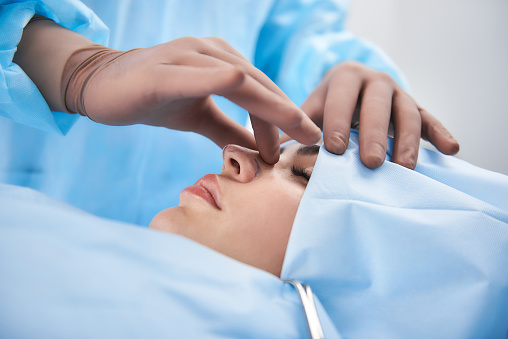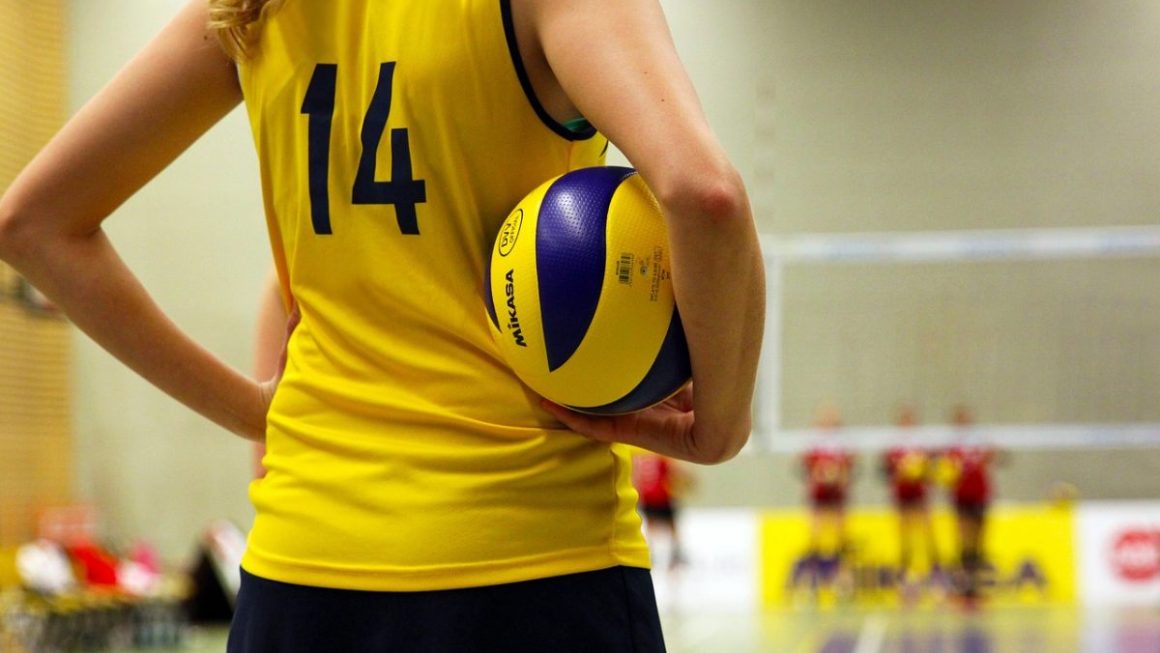Rhinoplasty is a procedure that alters the appearance of the nose. It is often performed to enhance your breathing or transform the nose’s appearance. This transformation happens by altering the skin, bone, and cartilage of the nose during the procedure.
Why is it Performed?
The thickness, contour, and nose proportion can all be altered through rhinoplasty. This cosmetic procedure may be used to fix abnormalities caused by an injury, cure a congenital condition, or alleviate breathing problems, as stated previously.
How Do You Prepare for a Rhinoplasty?
You must consult with your cosmetic surgeon prior to scheduling rhinoplasty to discuss critical criteria that will determine if the procedure is likely to perform well for you. You can learn more about rhinoplasty surgery in Houston.
The following items are usually discussed during your consultation:
Conversation About Your Goals and Objectives
Your intentions and expectations should be discussed with your doctor. He or she will discuss in detail what to expect from rhinoplasty and what type of results to expect. It’s natural to feel apprehensive about talking about your appearance, but it’s critical that you communicate your objectives and surgical goals to your surgeon. They will be happy to discuss other face surgical procedures that may also be beneficial to you as well.
Images
Photographs will be taken of your nose from various angles at your surgeon’s office. Your surgeon may edit the photographs with computer software to demonstrate the types of outcomes that are conceivable. These images will be used by your surgeon for before-and-after evaluations, comparison during the procedure, and long-term assessments. Most significantly, the photographs allow for a detailed discussion of the surgery’s objectives.
Physical Assessment
A comprehensive physical examination, such as laboratory testing, will be performed by your doctor. Your facial characteristics, as well as the internal and external parts of your nose, will be examined.
Your surgeon will use the physical exam to evaluate what adjustments should be done and how your physical characteristics, including the cartilage of your nose and skin’s thickness, may affect the outcome. The physical assessment is also important for deciding how rhinoplasty will affect your breathing.
Your cosmetic surgeon will evaluate additional facial characteristics, your nose’s skin, and your ultimate goal. If you’re a surgical candidate, a unique treatment plan will be tailored for you.
Also Read: What is a Facelift?
Medical Background
Your doctor’s most crucial question will be about your reason for wanting a rhinoplasty and your objectives. Your surgeon will also inquire about your medical histories, such as any nasal blockages, prior surgeries, and medications you are currently on. You might not be a good candidate for rhinoplasty if you have a blood problem such as hemophilia.
After your procedure is scheduled, be sure to arrange for a close friend or family member to drive you home, if the rhinoplasty will be performed at an outpatient facility. Arrange for them to remain with you the first couple of days after surgery, to assist you with personal care activities. They must be able to help you prepare meals, take care of the kids, and more if needed.
What Type of Results Should I Expect?
Alterations in your nose’s structures, commonly measured in millimeters, will have a significant impact on how it looks. The majority of the time, a skilled surgeon can provide results that are satisfactory to both of you. However, in some circumstances, the little alterations are insufficient, and you and your surgeon may opt to do a second operation to make additional improvements. If this is the case, you will need to wait a year for the subsequent operation, as your nose may change over that period.




